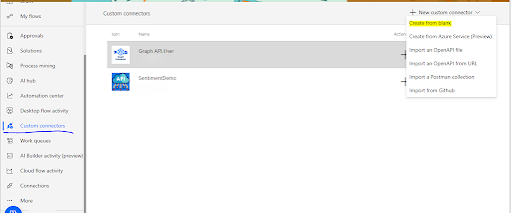Mastering the RANKX Function in Power BI – From Common Errors to Dynamic Rankings
Power BI offers powerful DAX functions, and RANKX is one of the most useful when you want to assign ranks based on measures like sales, profit, or quantity. But if you're new to it, it might not work as expected at first. In this blog, I'll walk you through a real-world scenario where I explored RANKX, faced common issues, and how I solved them.
Syntax of RANKX
RANKX(
table,
expression,
[value],
[order],
[ties]
)
table,
expression,
[value],
[order],
[ties]
)
| Parameter | Description |
|---|---|
table |
The list (table or column) over which ranking is done. |
expression |
The expression to evaluate for each row (usually a measure like [total sale]). |
| Value(optional) | A value to rank (rarely used; DAX infers automatically). |
| order(optional) | ASC (ascending) or desc (descending). Default is asc |
| ties(optional) | How to handle ties: skip, Dense or leave blank (default is Skip). |
our goal is we want to calculate a rank for products based on total sales using DAX.
Sample data:
Create a total sale measure:
Total Sale = Sum(Sale[Sales])
First Attempt – RANKX on Sales Table
Product Rank =
RANKX(
Sale,
[Total Sale],
,
DESC
)
Problem: All rows returned blank or all ranks were
1.Root Cause
I was ranking on Sale, which was the fact table. In Power BI, when you rank over a column from a fact table, DAX often doesn't get the full list of distinct values due to row context - especially when writing a measure.
Fix - Use a Separate Dimension Table
I created a separate Product table with distinct product names:
create a relationship as shown in below image:








👍
ReplyDelete